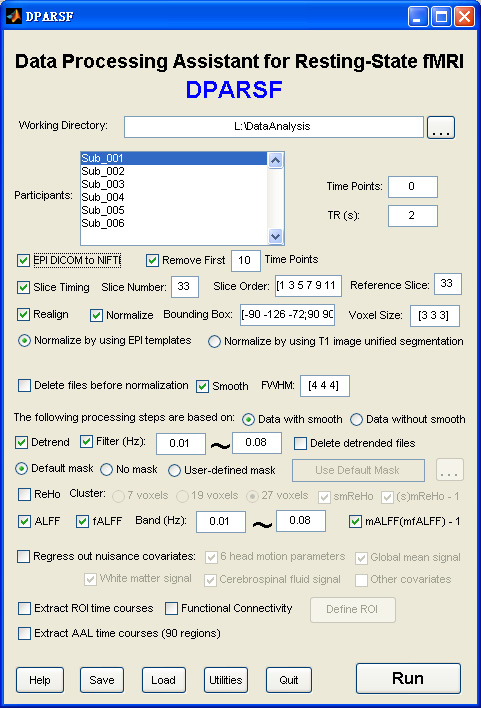Writing covariable-corrected images
- Read more about Writing covariable-corrected images
- 3 comments
- Log in or register to post comments
I am trying to use the rest_Y_RegressOutCovariables function to write our covariable-corrected image files. I get the error below, which I was hoping you could help me with. I've double-checked, and the timeseries vectors are the correct length.
Thanks for your help,
Alex

